Why did Airbus and Boeing make the unsuccessful A318 and 737-600 variants? And in a related note, why do narrowbodies tend to get longer?
The 737 and A320 families are the most successful commercial airliners of all time. They both came (and continue to come) in a variety of sizes, to cover all possible roles airlines will have for them. This article focuses on the smaller members of each: the Airbus A318 and Boeing 737-600. They have a lot of things in common, including their commercial success – or lack thereof.
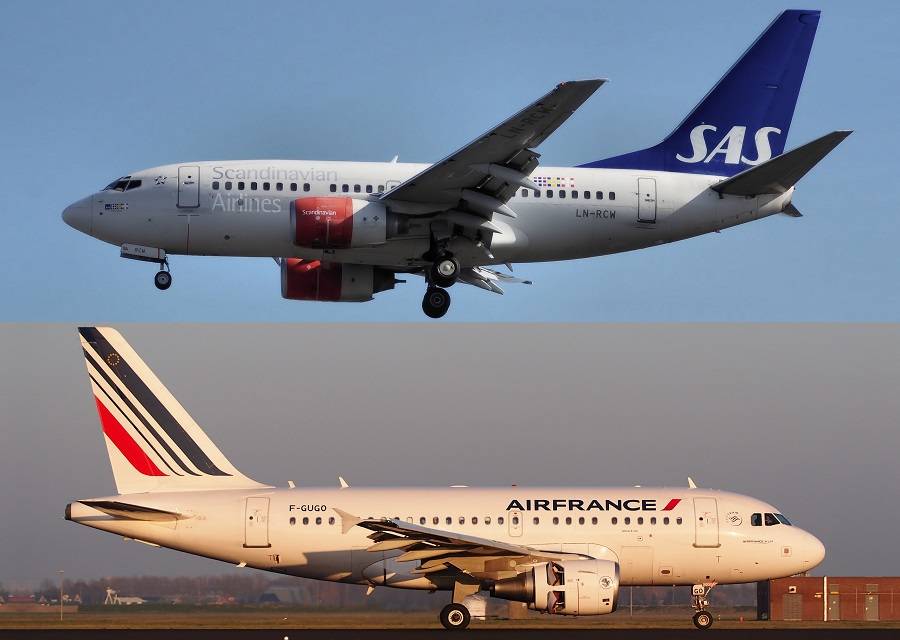
The A318 and 737-600 aren’t just the smallest of the Airbus A320 and Boeing 737NG families. They are also the youngest, since both companies prioritized the rest of the variants over them. But at least the Boeing plane was always in the airline’s plans. But, in Airbus’ case the ‘Minibus’ was an afterthought, more than anything else.
A ‘Size Inflation’ Thing?
Today we think of the 737-800 as the ‘typical’ 737NG variant. But actually, the ‘base’ NG model, the one that got this generation going with new orders (Southwest), was the 737-700. So in this context, Boeing’s case for the 737-600 was simple. They wanted something a bit smaller, to replace the 737-500. These two variants are very close in overall length (the 600 is 10cm/4” longer).

The 737-500 was the least popular variant of the ‘737 Classic’ family, so expectations its successor weren’t sky-high. Still, the Boeing 737-600 at least had this precedent, which really isn’t the case for the Airbus A318. Airbus had done some preliminary work on something smaller than an A319, in collaboration with some external partners. But what we now know as the A318, first appeared internally at Airbus in 1998.
The A318 finally entered service in 2003, a full fifteen years after the A320! By contrast, its Boeing counterpart was offered to the airlines at the same time as other 737NG variants. It officially launched when SAS ordered it in 1995. The prototype flew in January 1998, less than a year after the first 737-700 prototype.
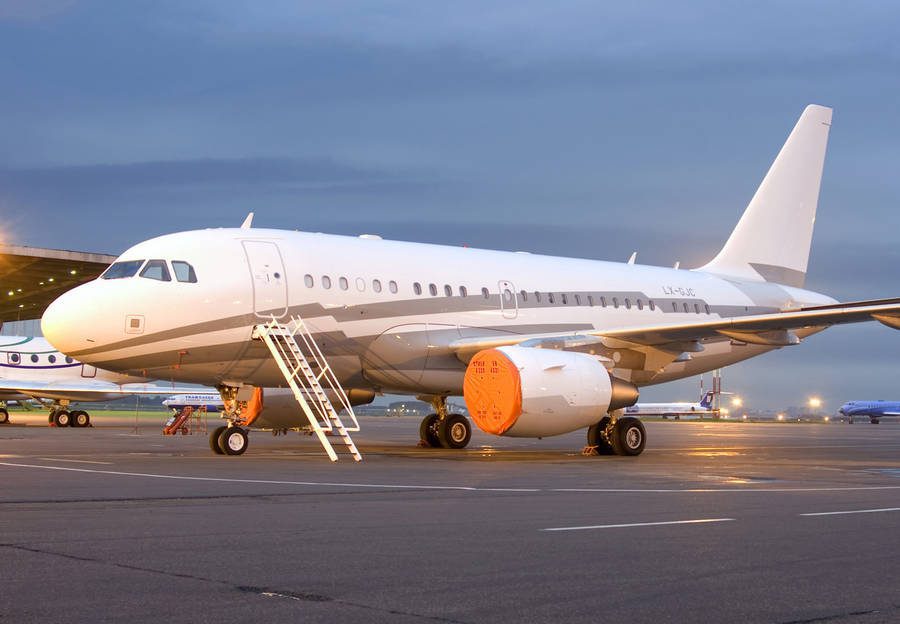
But if the size of the Airbus A318 and Boeing 737-600 made sense for the previous generation (in Boeing’s case), it no longer did when their turn came. The planes had their niche, but orders didn’t really come. Boeing made 69 737-600s, of which 30 were for SAS, the launch customer. Airbus fared a bit better with the newer A318, selling 80 of them. But this is a bit misleading, because 26 of them were government or corporate/private aircraft (see above). Boeing didn’t market a 737-600 bizjet.
How Boeing And Airbus Made The A318, 737-600
To make the aircraft, both manufacturers had to make similar adaptations. The 737-600 and A318 have bigger vertical stabilizers and rudders than their bigger siblings. This is to compensate for the smaller moment arm, due to the shorter fuselage, in case they lost an engine. Airbus also attempted to save weight by introducing new construction techniques, like laser welding, instead of rivets.
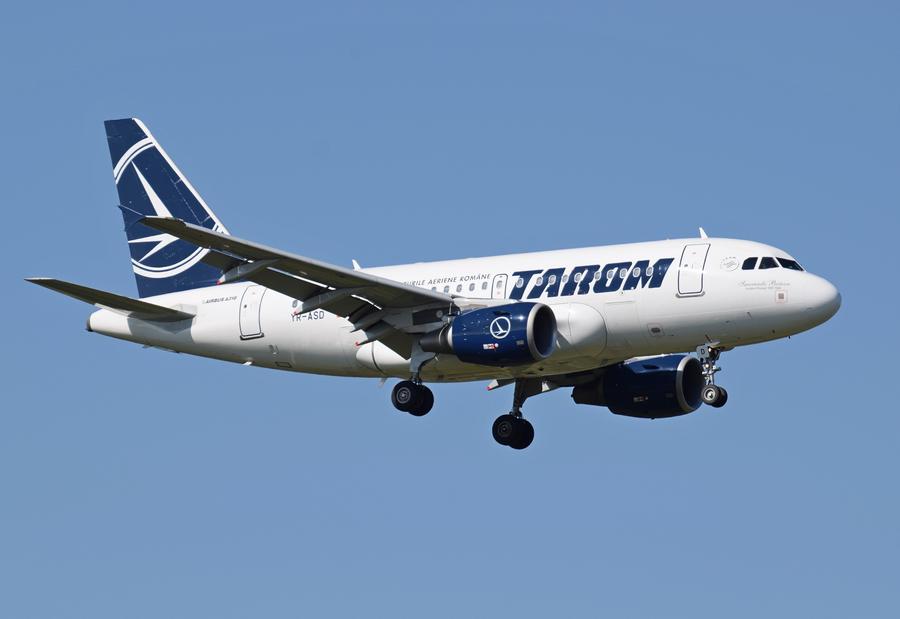
Alas, it wasn’t enough. Weight is one reason why the Airbus A318 and Boeing 737-600 didn’t fare better commercially. Operators already using bigger models considered them, especially if they previously operated the 737-500 (like SAS), in Boeing’s case. This saved airlines from introducing a new aircraft type, with its own needs in training and logistics.
These planes burned less fuel than the bigger models – in terms of trip cost. But they couldn’t compete in cost-per-passenger with smaller, more compact, lighter planes. Aircraft like the CRJ-900/1000, or the Embraer E-series would always beat them. Also, the A318 and 737-600 use the same gates as the bigger Airbus and Boeing variants. So they had higher airport costs than more compact aircraft.
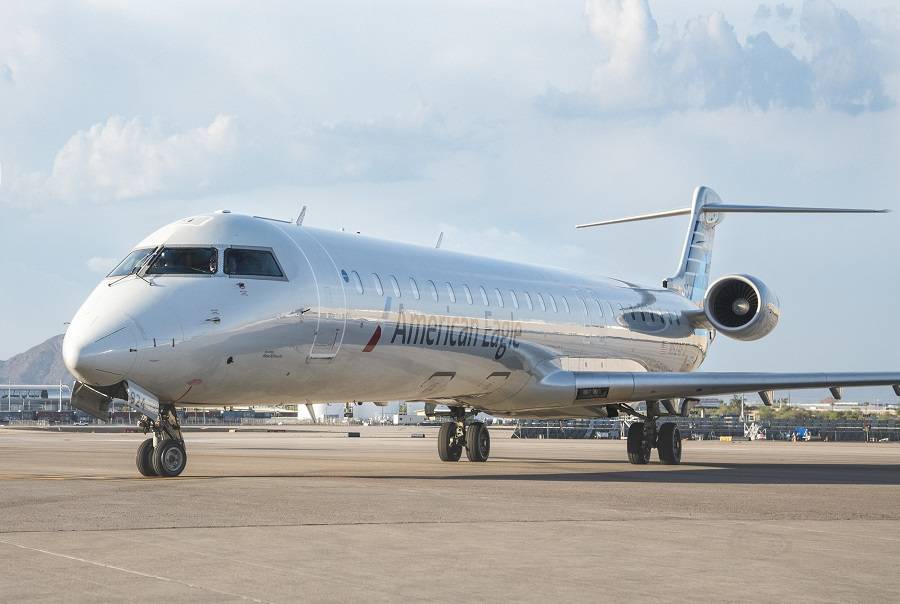
Other rules, regarding weight and passenger count, meant that neither model fit the ‘regional’ category of aircraft, in most parts of the world. Put together, all this meant that the planes had limited appeal, beyond some specific niches. These included steep approaches for the A318, allowing British Airways to use it at London City Airport. And the special ‘Janet’ airline (EG & G) flying out of Las Vegas to Area 51 uses 737-600s, replacing 737-200s.
Evolving Away From The Airbus A318, Boeing 737-600
But why is the Airbus A318 and especially the Boeing 737-600, considered too heavy and short? This Boeing is only 0.67m/26” longer than the good-old 737-200! If the length of that aircraft was fine, then why are the 737-800/900 (or 737-8/9 now) so much more common? The answer takes us back to trip cost Vs per-passenger cost.
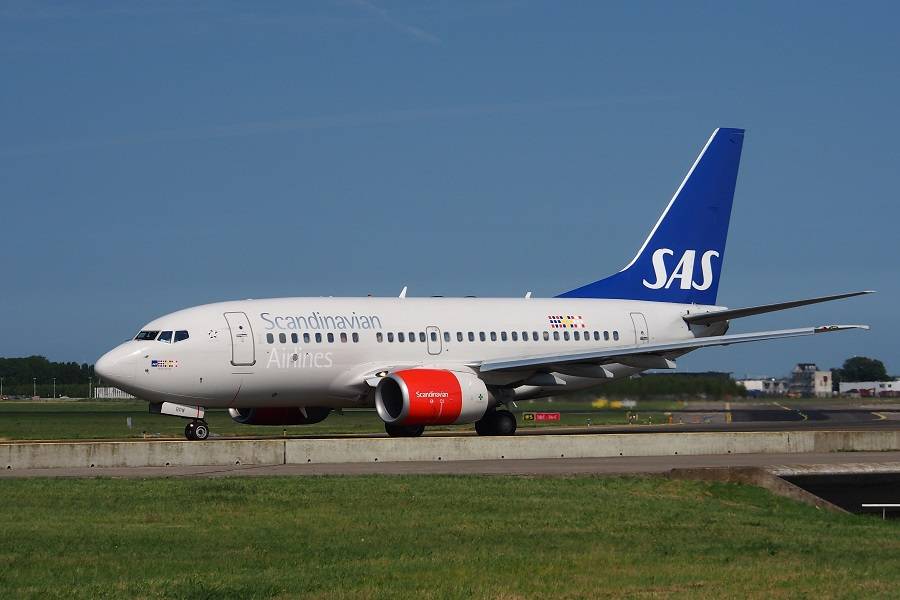
The newer/bigger variants need less structural weight per passenger, than the older models. And they have the same cross-section, so the extra length doesn’t bring with it an aerodynamic penalty. In fact the reverse is true, because the greater length improves the plane’s fineness ratio. However in practice, this likely has little effect here.
Today, the Boeing 737-600 and Airbus A318 would not be able to compete with the A220-100. The smaller cross-section (5 seats across), lightweight materials and ultra-efficient, high-bypass, geared turbofan P&W engines, would eclipse both designs. And the bigger A220-300 would similarly trouble the very latest A319neo and 737-7 models. Conversely, the A321neo and the future 737-10 are the most efficient current single-aisle aircraft ever, per-passenger.

Today, there are still several Airbus A318 and Boeing 737-600 aircraft remaining in service. The corporate jet A318s in particular will likely stay around for a while, since they don’t fly many hours. But most of us will likely have to contend with being passengers in newer, bigger models.



